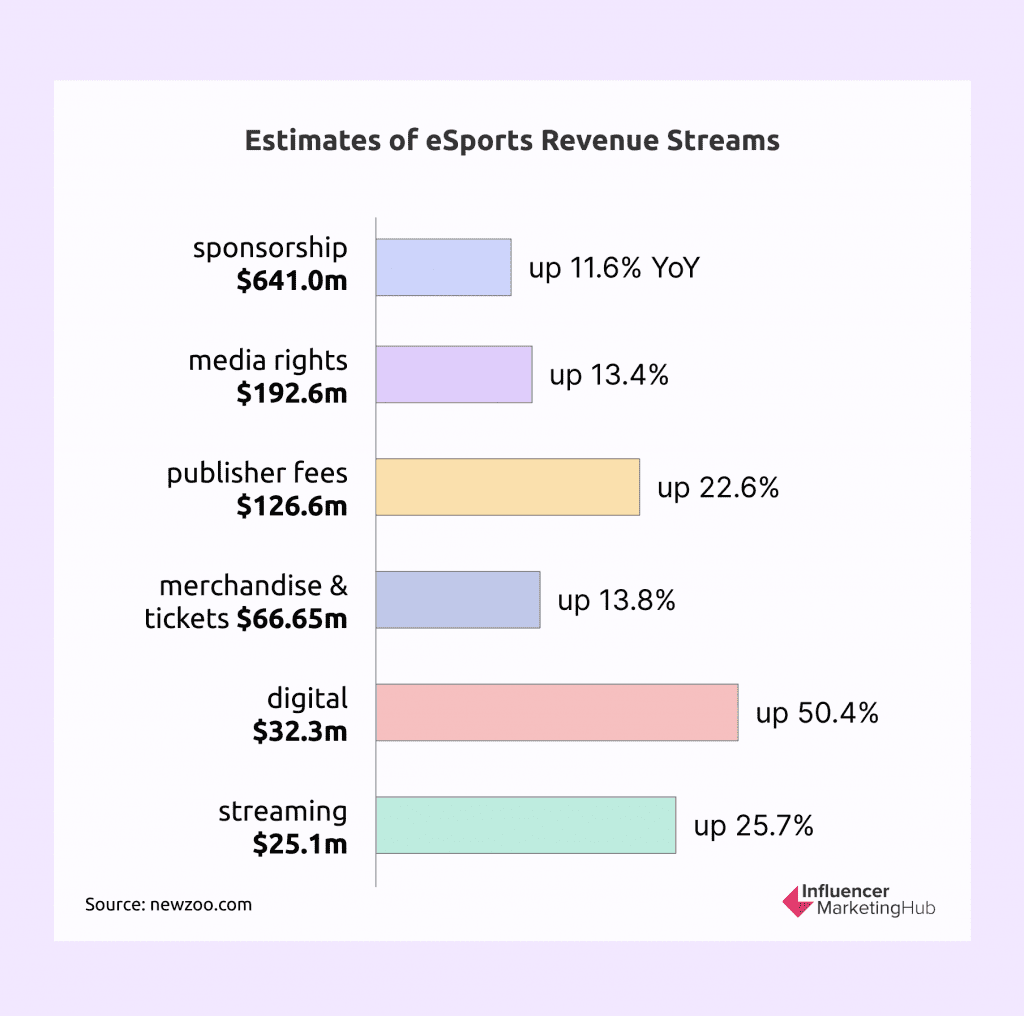Esports, or competitive video gaming, has experienced an unprecedented rise in popularity over the last decade. Starting in arcades in the 1970s, esports really began to take off with the introduction of online multiplayer gaming in the 1990s. The popularity of esports can be attributed to a number of factors, including the growth of the internet and social media, the increasing accessibility of video games, and advancements in technology. The future of esports looks bright, with the industry showing no signs of slowing down and potential for it to become an Olympic sport in the future.
The Rise of Esports: The Surprising Popularity of Competitive Gaming
Esports, short for electronic sports, refers to competitive video gaming where players compete against each other in organized online or offline tournaments, often for substantial prizes. While video games have been around for decades, the rise of esports has been a relatively recent phenomenon, with its popularity growing at an unprecedented rate in the last decade.
The History of Esports
The origins of esports can be traced back to the early 1970s, where players would compete in games like Space Invaders and Pac-Man at arcades. However, it wasn’t until the advent of the internet in the 1990s that esports began to gain traction. With the introduction of online multiplayer gaming, players now had the ability to compete against one another from across the globe.
The first official esports event can be traced back to the 1997 Red Annihilation tournament, which saw players compete in the first-person shooter game Quake. The prize pool for the tournament was a humble $10,000, which was considered generous at the time. Since then, the popularity of esports has exploded, with prize pools now reaching millions of dollars.
The Popularity of Esports
The rise of esports can be attributed to a multitude of factors, including the growth of the internet and social media, the increasing accessibility of video games, and advancements in technology. Additionally, the growing investment in esports by major corporations and sports organizations has helped legitimize esports as a legitimate industry.
The popularity of esports can be seen in the growing number of viewers and participants. According to a report by Newzoo, there were over 500 million esports viewers in 2020, with the industry expected to reach a value of $1.5 billion by 2023. In addition, esports tournaments have seen a significant increase in participants, with some tournaments attracting thousands of players from around the world.
The Types of Games in Esports
Esports encompasses a wide range of video games, including first-person shooters, MOBAs (Multiplayer Online Battle Arenas), fighting games, and sports games. Some of the most popular games in esports include:
- League of Legends – a MOBA game where players compete in teams to destroy the opposing team’s base.
- Counter-Strike: Global Offensive – a first-person shooter game where players compete in teams to complete objectives like planting bombs or rescuing hostages.
- Dota 2 – another MOBA game similar to League of Legends.
- Fortnite – a battle royale game where players compete to be the last one standing on an island.
The Future of Esports
The future of esports looks bright, with the industry showing no signs of slowing down. As technology continues to advance, the potential for esports seems limitless. With the growing popularity and legitimacy of esports, it wouldn’t be surprising to see it one day become an Olympic sport.
Esports has also become a lucrative career path for many professional players, with some earning millions of dollars in prize money and sponsorships. As the industry grows, it will continue to offer opportunities for players, coaches, and managers alike.
Conclusion
The rise of esports has been a surprising and remarkable phenomenon. From its humble beginnings in arcades and LAN parties to its current status as a multibillion-dollar industry, esports has come a long way. With the growing popularity of video games and advancements in technology, the future of esports looks bright. Who knows, maybe one day we will see esports players competing in the Olympics!
